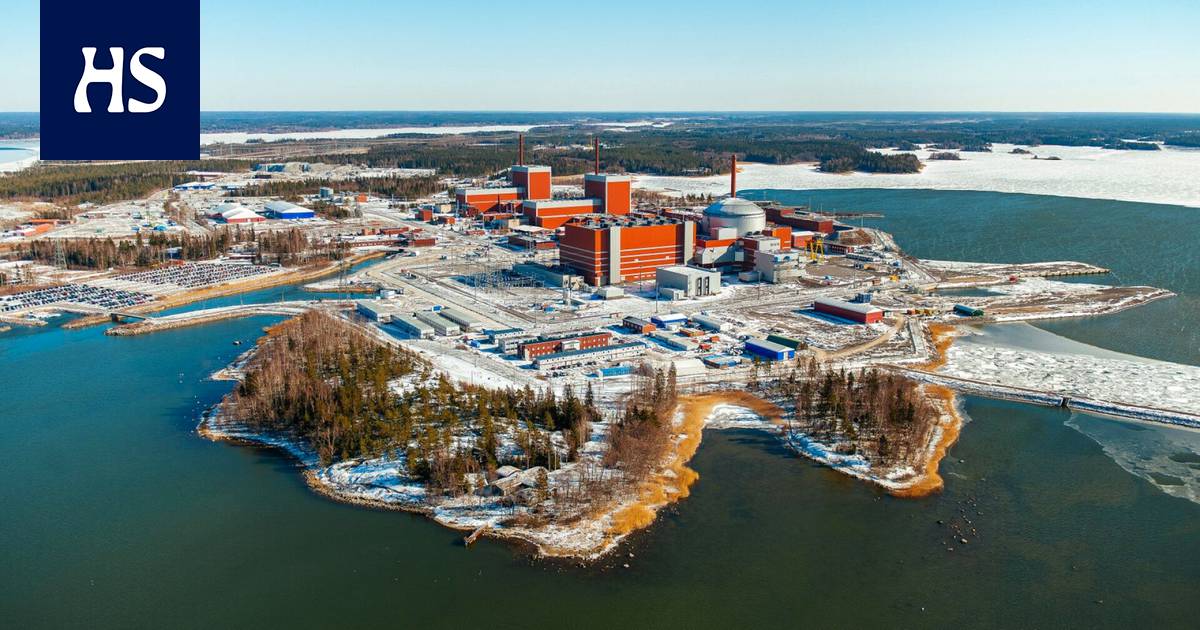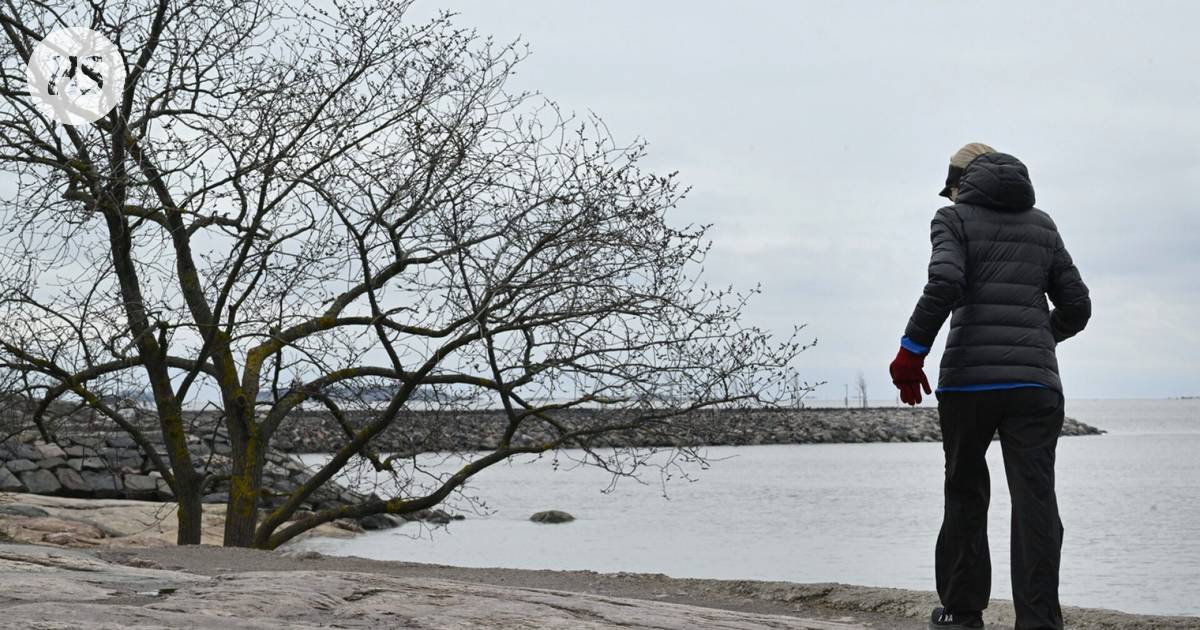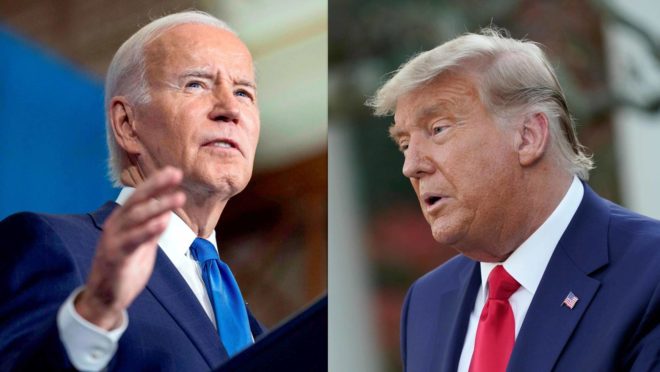The start of regular production of the Olkiluoto triple reactor in the current schedule, i.e. in December, will at least not be caught by the company, researchers who monitor the energy market say.
Power company Teollisuuden voima (TVO) announced on Thursday that the trial operation of the Olkiluoto triple will be delayed by a couple of weeks due to the automation update on the turbine side.
Delay and Olkiluoto 3 are like a shirt and a butt. The plant was originally supposed to be ready in 2009.
According to the most recent promise, regular electricity production will start in December. TVO assures that the latest update has no effect on this schedule.
New the plant’s production is expected for a long time, because Europe is threatened by a historic energy crisis in the winter. Russia’s withdrawal from energy will raise prices and even threaten to bring a shortage of electricity.
It remains to be seen whether TVO’s promise about the schedule will be kept. The researchers who follow the energy market interviewed by HS believe that at least it will not be caught by the company.
“Everyone has a strong desire to get [Olkiluoto 3] as quickly as possible for commercial use and the financial interests are big. I believe that the department is working hard to get it into use”, LUT professor at Lappeenranta–Lahti University of Technology specializing in the electricity market Samuli Honkapuro says.
A researcher at Aalto University’s Department of Economics who follows the energy market Iivo Vehviläinen says that commissioning a new nuclear power plant is always difficult. Therefore, there are risks that implementation may be further delayed. You have to be prepared for that, Vehviläinen says.
“New nuclear power plants are complex facilities everywhere. It takes time to overcome the initial difficulties,” says Vehviläinen.
Olkiluoto’s first two plants have produced electricity reliably, which in itself increases confidence in the newest reactor as well.
“The station reporter has had his own difficulties, but in Finland it is generally thought that TVO is a professional organization,” says Vehviläinen.
Olkiluoton the triple reactor is 13 years late and the new delay announcements had time to become a joke before the war started by Russia. Most recently, the start of regular electricity production was postponed from September to December in the summer.
The facility has been in trial operation, which was interrupted due to a technical fault in June. Finally, on Monday, the test drive continued. In commissioning, safety comes first. No one wants the start-up of a nuclear power plant to be rushed, even though the pressure is intense.
According to estimates, when operating at full power of 1,600 megawatts, the reactor produces approximately 14 percent of all electricity produced in Finland. About the same amount of electricity was previously imported from Russia to Finland, but it has now run out.
Honkapuro and Vehviläinen say that the position of Olkiluoto 3 in terms of next winter and the sustainability of the electricity system is not as critical as the development of the European electricity market and the electricity import situation that depends on it.
Vehviläinen has been involved in an Aalto University project where a group of researchers modeled what the end of energy imports from Russia would mean for the Finnish electricity market and security of supply.
According to researchers, Olkiluoto 3’s electricity production does not essentially change the big picture in different scenarios.
“From the point of view of the expected value, it weakens the reliability of delivery, but it is not necessarily a disaster. It may be that we can manage without it too,” says Vehviläinen.
A bigger risk to the system than Olkiluoto is the suspension of import connections.
Finland is part of the European electricity market, where electricity is exported to where it is paid the most. The state of the electricity market in the Nordic countries and Central Europe affects electricity prices in Finland and how imported electricity is available.
The European energy market is in historic turmoil. Disconnecting from Russian energy is difficult. At the same time, France’s nuclear power system is suffering from the heat caused by climate change, and in Norway, the storage of hydropower for the winter has slowed down due to drought.
According to Aalto’s researchers, the biggest risk arises if a chain reaction is seen in the European energy market, i.e. if countries start primarily to secure their own energy supply.
“The effects of Olkiluoto 3 were not as great as the way the import connections work,” says Vehviläinen.
On the other hand it is not yet possible to know what kind of winter is coming.
If it’s mild and windy, Finland’s growing wind power capacity spins electricity into homes. There is often a lull in severe frost. At that time, the demand for electricity is also at its highest, which is when steady production or import is needed.
“During the cold moments of winter, Olkiluoto 3 would still be needed and, in addition, imports from elsewhere. However, the amount of imports in winter is many times the effect of Olkiluoto,” says Vehviläinen.
In January of last year, the hourly average power of Finland’s electricity consumption rose to 14,230 megawatts in the morning thanks to the freezing season. At that time, 4,610 megawatts of electricity were brought to Finland from neighboring countries, and Finland’s own production was 9,620 megawatts.
If Russian imports are replaced by Olkiluoto 3, own production would be 11,090 megawatts, but imports would still be 3,140 megawatts.
The worst scenario would be that the wind calms down, imports freeze and Olkiluoto 3 is not running. In that case, electricity would have to be rationed.
Although the system would withstand a possible further delay of the triple reaction, it can be reflected in electricity prices.
“After all, it’s a very challenging situation even at the moment, and in winter, when consumption increases, we see sharp price spikes,” says LUT’s Honkapuro.
Honkapuro emphasizes the importance of flexibility in consumption in an exceptional situation. Usually, consumption peaks only occur during a few hours of the day, which are the most critical for the system’s durability. At the same time, you can save on the electricity bill.
#Energy #Olkiluoto #suffering #problems #plant #produce #electricity #year #delay #affect #Finland






/s3/static.nrc.nl/wp-content/uploads/2024/04/web-1904spovitesse.jpg)


